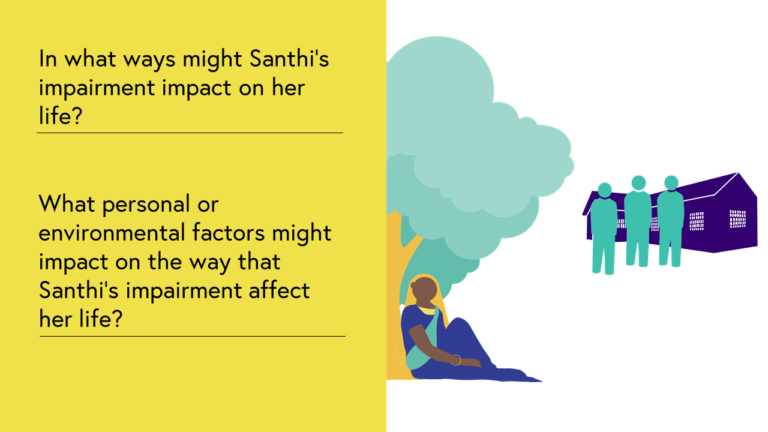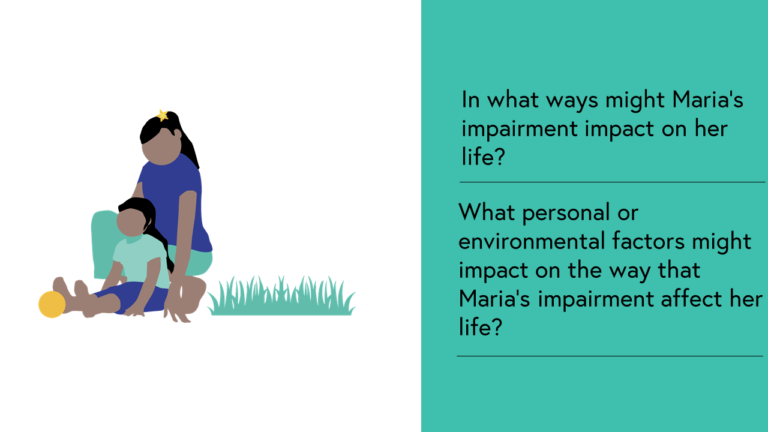Home / Healthcare & Medicine / Public Health / Global Health and Disability / Why does impairment matter?

Reach your personal and professional goals
Unlock access to hundreds of expert online courses and degrees from top universities and educators to gain accredited qualifications and professional CV-building certificates.
Join over 18 million learners to launch, switch or build upon your career, all at your own pace, across a wide range of topic areas.




 Remember, you can click on the “See Also” links at the bottom of this page to find out more relevant information on the context in each of these settings.
Remember, you can click on the “See Also” links at the bottom of this page to find out more relevant information on the context in each of these settings.







